
Emergency Egg-cellent: Dealing with Egg Health Emergencies
March 14, 2024
How Houston Honors Its Military Heroes
May 16, 2024by Susannah Wollman
Immediate Actions When Facing Anaphylaxis from an Insect Bite or Sting
Experiencing anaphylaxis from an insect bite or sting can be a terrifying and life-threatening situation. Anaphylaxis is a severe allergic reaction that requires immediate medical attention. In such a critical moment, knowing what to do can make all the difference between life and death. Here’s a comprehensive guide on what to do if you or someone around you experiences anaphylaxis from an insect bite or sting.
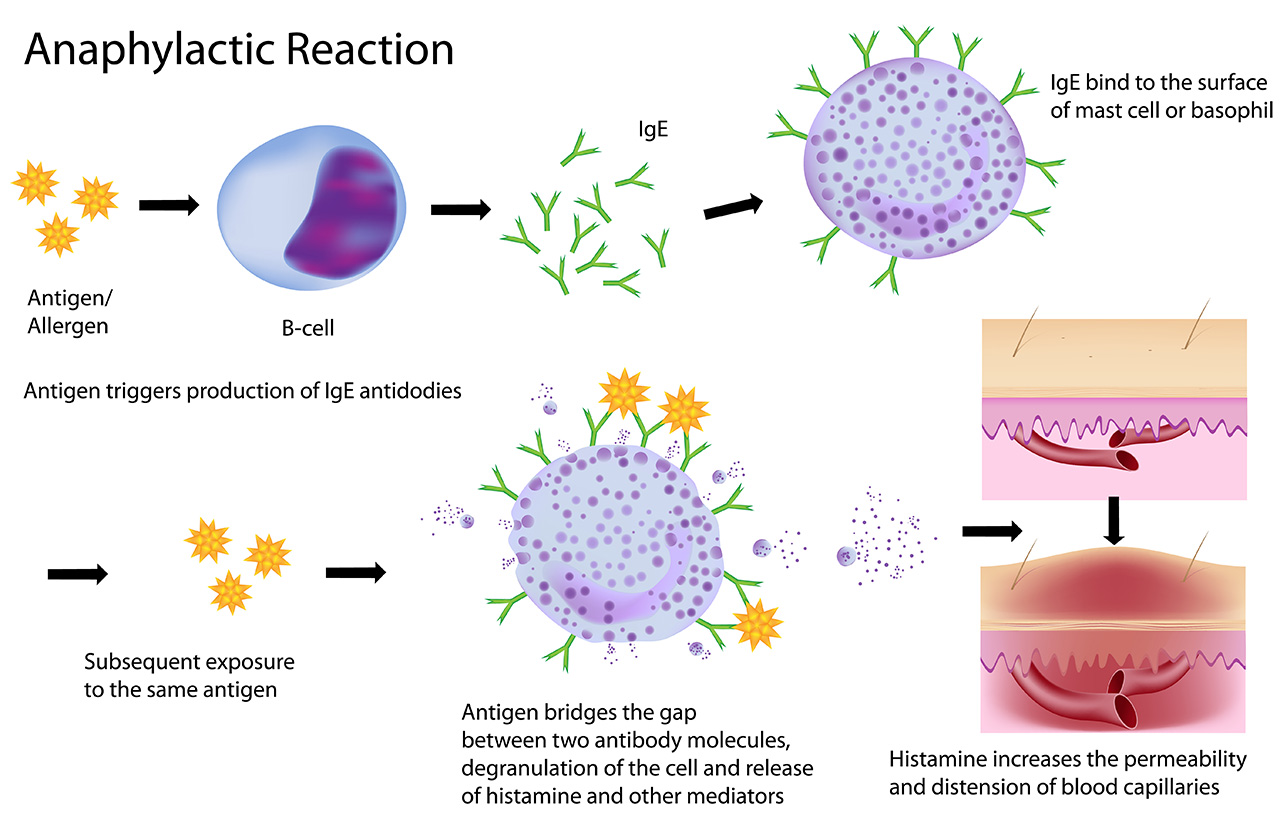
Recognizing Anaphylaxis
Anaphylaxis is a rapid and severe allergic reaction that can affect multiple systems in the body. Common signs and symptoms of anaphylaxis from an insect bite or sting include:
- Difficulty breathing, or wheezing
- Swelling of the face, lips, tongue, or throat
- Rapid heartbeat or palpitations
- Dizziness or fainting
- Nausea, vomiting, or diarrhea
- Hives or widespread itching
- Feeling of impending doom or anxiety
Immediate Actions:
Call for Emergency Medical Assistance
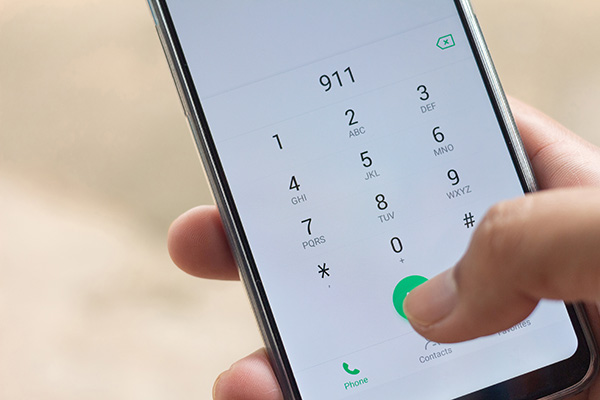
If you or someone else experiences symptoms of anaphylaxis, call emergency services immediately! Time is critical in such situations, and prompt medical attention is essential.
Administer Epinephrine
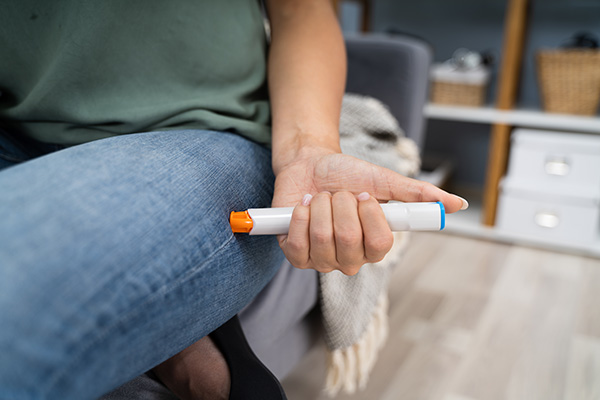
If the person experiencing anaphylaxis has been prescribed epinephrine auto-injectors (such as EpiPen), use it immediately according to the instructions provided. Administer the injection into the outer thigh muscle and hold it in place for several seconds.
Position the Person Properly

If the person is having difficulty breathing, help them sit upright to facilitate breathing. If they become unconscious and are not breathing, begin CPR immediately.
Stay Calm and Reassure

Remaining calm is crucial in managing anaphylaxis. Reassure the person that help is on the way and that they are not alone.
After Administering Epinephrine:
After administering epinephrine and while waiting for emergency medical services to arrive, continue to monitor the person’s condition closely. If they have a second epinephrine auto-injector available, be prepared to administer it if symptoms persist or worsen.
Additional Measures
Check for Medical Identification

If the person has a medical identification bracelet or necklace indicating a severe allergy, check it for any specific instructions or information that may help medical responders.
Remove the Stinger (if applicable)
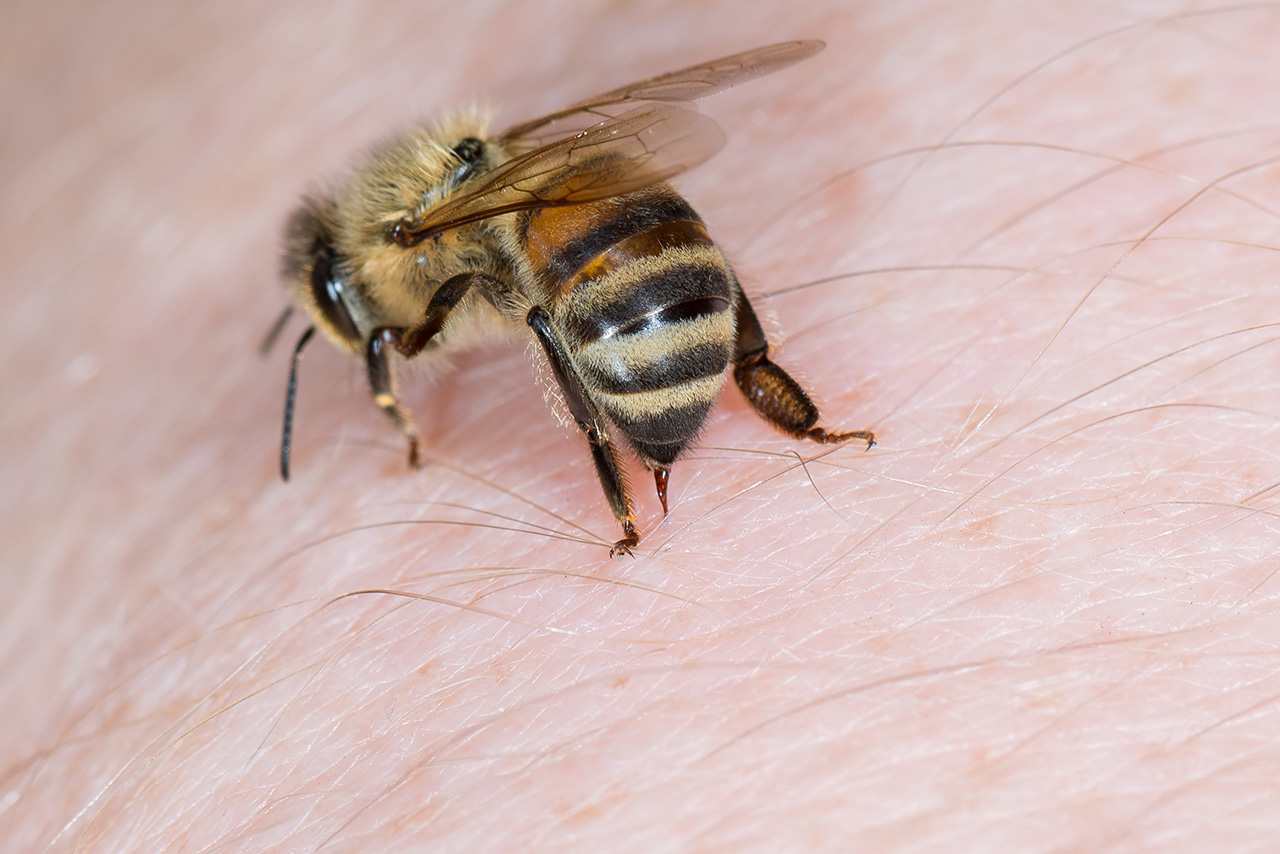
If the anaphylactic reaction is due to a bee or wasp sting and the stinger is visible, carefully remove it as soon as possible to prevent further venom injection.
Keep the Person Warm and Comfortable

Cover the person with a blanket or jacket to keep them warm, as anaphylaxis can sometimes lead to a drop in body temperature.
Monitor Breathing and Pulse
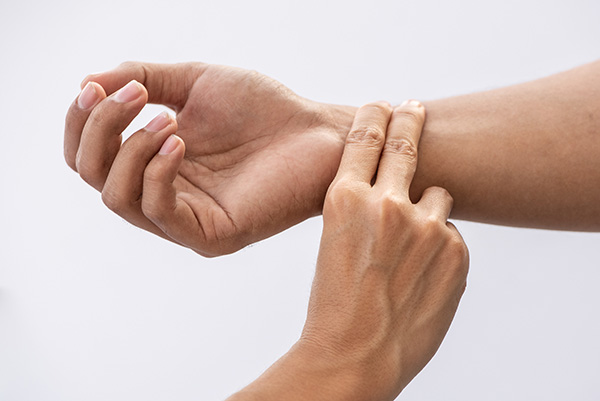
Continuously monitor the person’s breathing and pulse rate. Be prepared to perform CPR if necessary.
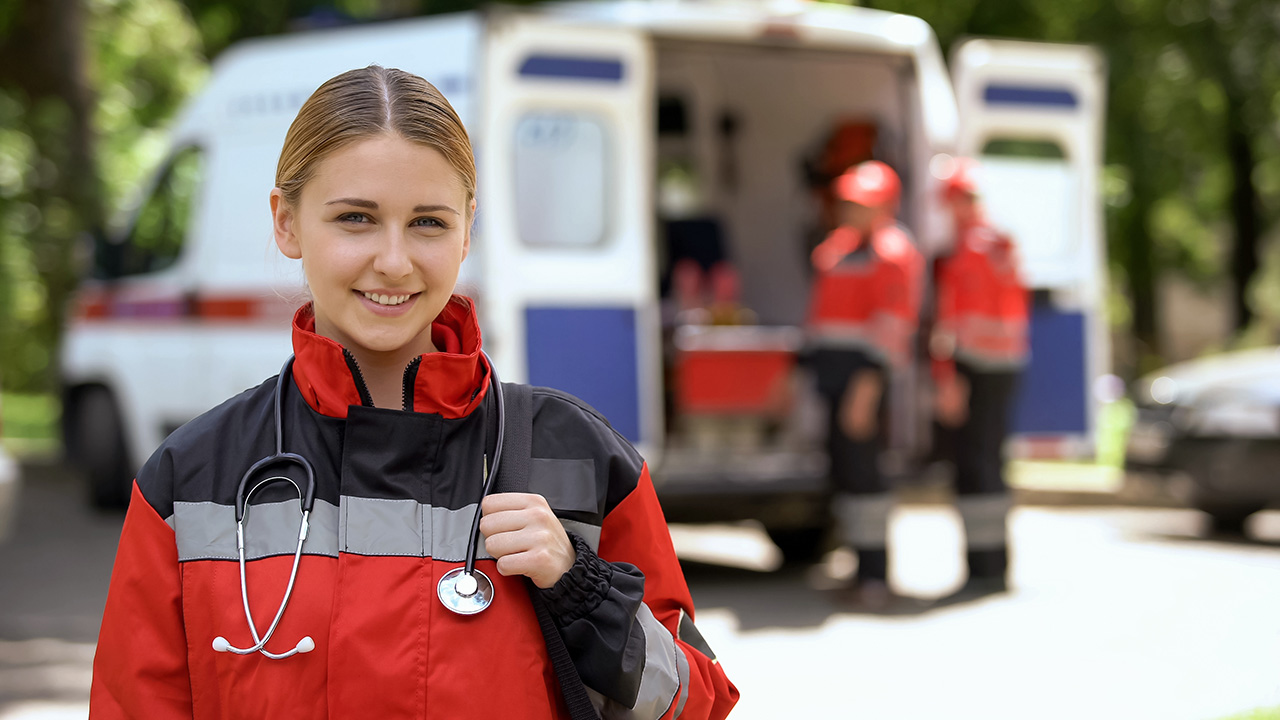
Do Not Delay Medical Attention
Even if symptoms seem to improve after administering epinephrine, it’s crucial to seek immediate medical attention. Anaphylaxis can recur, and further treatment may be necessary to prevent a secondary reaction.
Anaphylaxis from an insect bite or sting is a medical emergency that requires swift action. Knowing how to recognize the symptoms and administer epinephrine promptly can save lives. Stay informed, be prepared, and always seek medical help without delay in cases of severe allergic reactions. What you do may well save your own or another person’s life.





